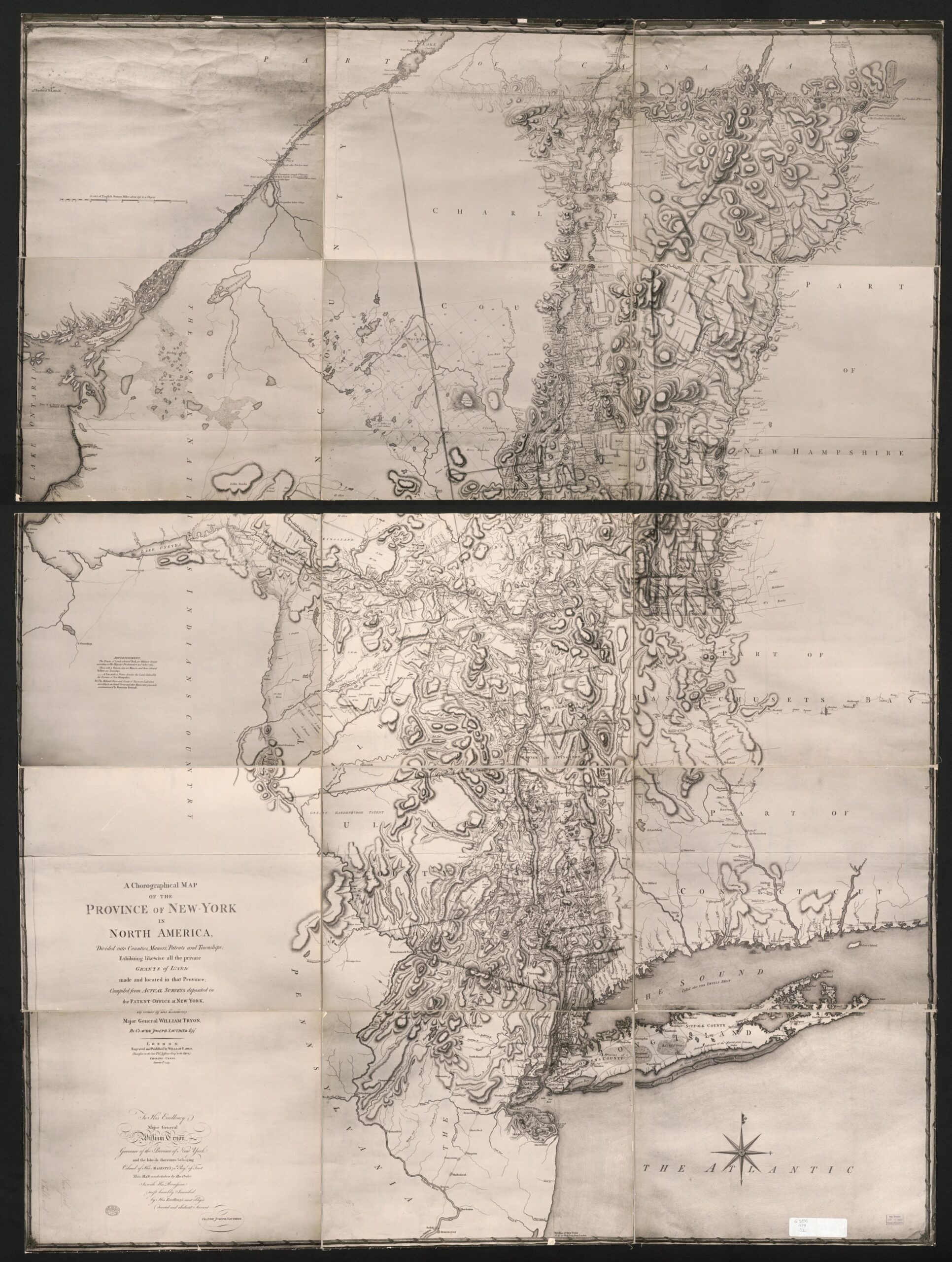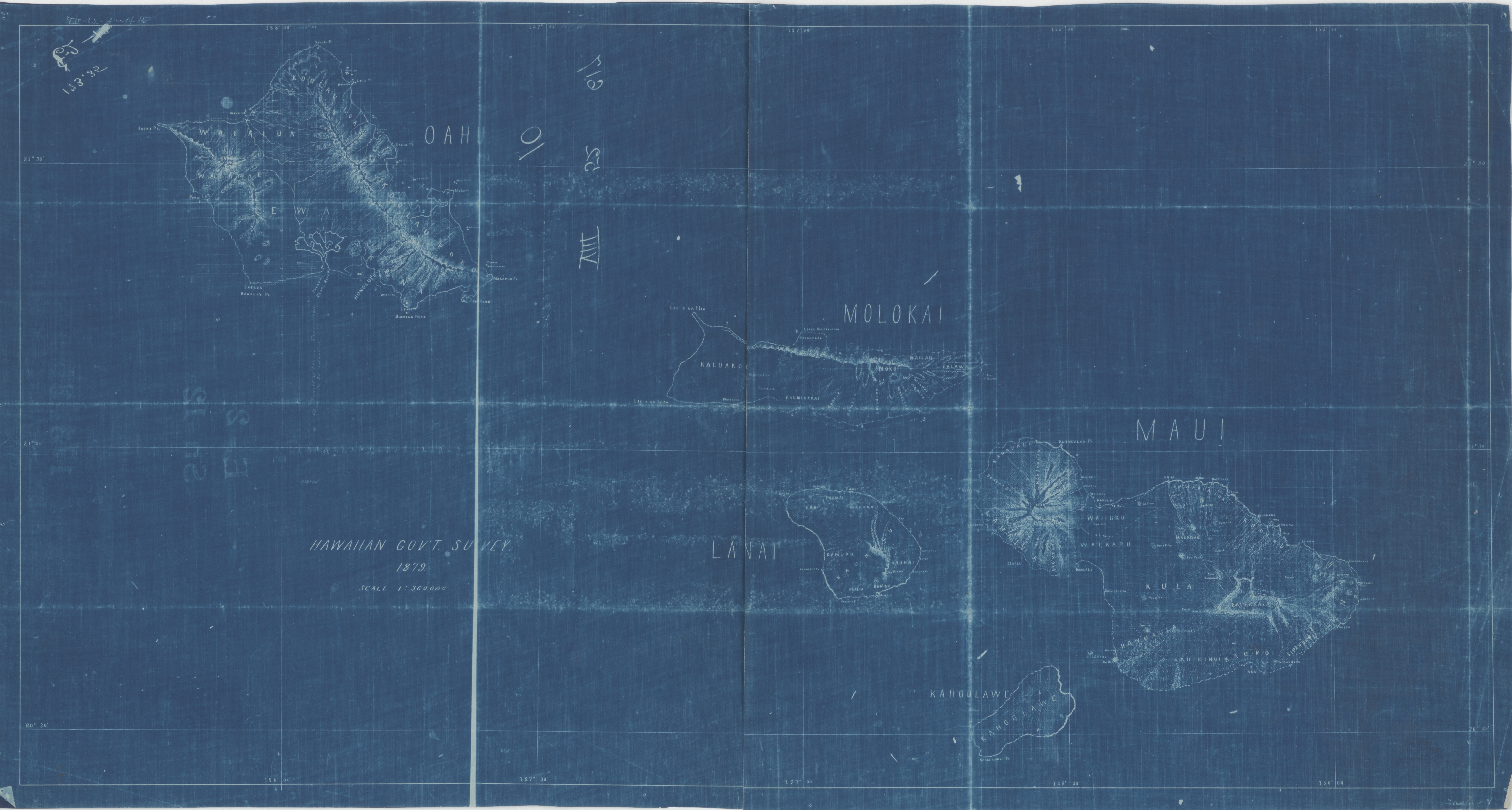This is a guest post by Seanna Tsung, senior cataloging specialist in the Geography and Map Division.
In my 25 plus years as a cataloger in the Geography & Map Division, I’ve described some of our rare, unusual and valuable objects, the ones that excite and inspire anyone with an interest in history, cartography or art. However, I’m also intrigued by the many photocopies we have, especially in our title collection, which are the single maps received by G&M before 1970. Although at first glance, photocopies are not the most visually appealing of our maps, they provide fascinating clues to where and why they were made, and fill an important position between manuscript maps and traditionally printed ones.
What’s with all the photocopies?
Most of us are familiar with the office photocopier, a once ubiquitous machine, and its uses and misuses. But before Xerox introduced it in 1960, there were many and varied processes for reproducing graphic material after the development of photography, especially from the 1850s onward. In our bibliographic descriptions and on map folders, you will find described as photocopies objects which are photographs, photostats, blueprints, diazo prints, Van Dyke prints, and a whole range of other processes with varying degrees of popularity and lengths of use.
Basic types of photocopies
Photocopies can be positive or negative. A negative photocopy is one in which dark lines of the original image are reproduced as light against a darker ground. A positive photocopy reproduces the dark lines of the original image as dark against a lighter ground.

As well as positive and negative, there are two types of our map photocopies. The first, the reproductive or facsimile photocopy, is a copy at exact, reduced, or enlarged size of an already existing map, manuscript or printed. We have many of these in our collections, enabling map researchers to closely study maps held by other institutions. In this way, it was possible to compare variants, states, and editions of a single map as well as characteristics of a specific cartographer, engraver, or publisher and to see the diffusion of geographic information between producers. These photocopies have two dates, the date of the original map and the date of the photocopy.
The second type of photocopy is the original photocopy. By this, I mean a map which is created and published by a photo reproductive process rather than by a more standard commercial printing process. City engineers, town planners, taxation authorities and other local bodies often issued these maps as they were not intended for a wide audience and could be produced locally at less expense. These maps have just one date like traditionally printed maps.

Ok, but why keep them?
The reasons to keep the original photocopies should be clear—they are published maps with unique data. But there are a lot of things the reproductive photocopies can tell us as well. First, they are physical exemplars of the development of duplication technologies in the transformative period before the recent and coexistent eras of the personal computer, the internet, smart phones, widespread digital information creation and dissemination, and AI. Second, in groups, they can tell us something about the data available to an individual or group at a certain time or place.
Military uses of photocopies
We have many analog map transfers from US government agencies, and from them we can see the value of physical maps for military purposes, and that photocopies have an important story to tell in the distribution of geographic data before the widespread use of digital cartography. It is likely that we have, for any conflict involving the United States in the twentieth century, relevant maps in our collections, including many photocopies. These photocopies, which are often stamped or otherwise labelled with the body that copied and distributed them, can tell researchers which maps were available to be consulted by military personnel and can shed light on their decisions and goals.
United States Civil War
The earliest photocopies that I’ve seen or cataloged are in our Civil War collections. Informally known as sun prints, they are more accurately called salted paper prints, as I found out when a very knowledgeable colleague from the Prints and Photographs Division worked with me on a project to identify them all. You can find these maps by searching our online catalog for “Civil War salted paper maps”. These photocopies were very important for the transmission of data from the field. Existing manuscript or printed maps were copied and then revised by hand with pen and ink, watercolors, and pencil as needed to show new, corrected, or confirmed names, hydrology, roads, and topography. In the case of the Union Army, these revised maps were sent back to DC to be printed and then redistributed. The Confederate Army also used captured Union maps in the same way, although obviously not sending them back to DC!

Soviet Union during World War II
Currently, for arcane classification reasons, I am cataloging several hundred city maps of the Soviet Union. Many of these are from WWII, and many of them are photocopies. We have photocopies made by the United States military, particularly the Army Map Service, and we also have photocopies made by the Germans. It’s been interesting to determine who made the photocopies, and trying to identify the original of the copy. Clearly, it was a challenge for both sides to get maps of Soviet cities. The tumultuous period from the Russian revolution through collectivization, famine, and purges leading up to the World War II, as well as the general diplomatic and cultural isolation of the Soviet Union meant that commercially produced up-to-date maps for foreign markets or foreign visitors were not widely available. An example showing the limited availability Soviet city maps is a group of photostat maps quite professionally enlarged by the Army Map Service in 1943 from the 1914 Baedeker travel guide Russia, with Teheran, Port Arthur, and Peking. The reproduction of maps from a decades-old travel guide seems to have incurred the wrath of a supervisor from some seemingly irate comments on the photocopies!
I hope I have conveyed something of what our large collection of photocopies can tell you about photo-reproductive processes, the reasons for their use, and the value of looking at them as emissaries from the not-so-distant pre digital past, when we relied heavily on these images to multiply and share cartographic data.
Source: https://blogs.loc.gov/maps/2024/05/copy-that/
